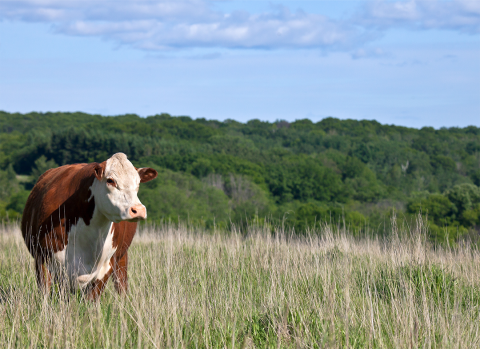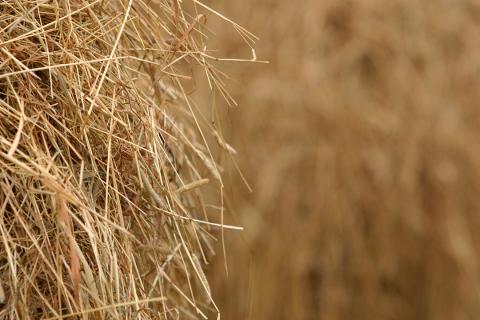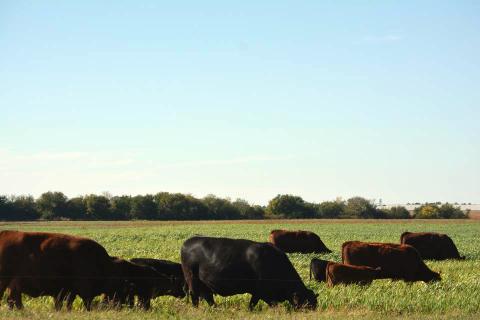Pasture and Forage Minute: Annual Forage Webinar Series, Improving Alfalfa Stands
April 17, 2024
Extension educators introduce a new webinar series for producers interested in adding an annual forage rotation to their operation, plus insights on grazing spring cereal grains and options for thin alfalfa stands.
Pasture and Forage Minute: Drones for Livestock Management, Drought Recovery
April 9, 2024
This week, extension educators weigh in on the pros and cons of drone use for livestock producers, and considerations for drought-damaged pastures and controlling winter annual weeds in alfalfa.
Resources Available for Producers Affected by Central Nebraska Wildfires
March 1, 2024
Central Nebraska producers seeking help with wildfire recovery are encouraged to attend to an informational meeting on March 12 in North Platte.
Pasture and Forage Minute: Winter Insect Mortality and Livestock Water Needs
January 16, 2024
Extension educators review the effects of subzero temperatures on overwintering insects and whether snow can adequately be used as a water source for cattle.
Pasture and Forage Minute: Reducing Hay Losses, Understanding Relative Feed Value of Hay
November 21, 2023
Extension educators share insights on how to reduce fed hay losses and the differences between relative feed value and relative forage quality when testing grass hay.
Nebraska Extension Provides Cover Crop Grazing Conference Nov. 7
October 12, 2023
This expo will help first-time and experienced farmers looking to fine-tune their grazing management utilizing cover crops as an alternative forage source.

Manure Stockpiles: Mind Your Manners
October 6, 2023
All manure managers should focus on reducing nuisance odor risks and preventing nutrient loss from stored manure piles.
2022 Nebraska Farm Production Expenditures Up 16%
August 4, 2023
Livestock expenses were the largest expense category, which increased 3% from 2021, but feed expenses represented the most dramatic difference, increasing 52% from the prior year.






